With the success of his Pipes Magazine Radio Show, Brian Levine has become one of the most prominent people in the hobby. The weekly show—available on iTunes and other podcast hosts—is a lively mix of education, interviews, and fun.
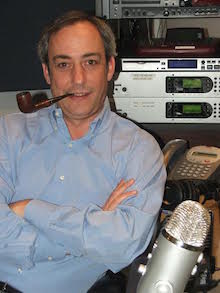 Here Brian talks about how it began and what goes into it, as well as a bit of advice for cigar smokers thinking about taking up the pipe.
Here Brian talks about how it began and what goes into it, as well as a bit of advice for cigar smokers thinking about taking up the pipe.
Stogie Guys: How did the Pipes Magazine Radio Show get started?
Brian Levine: It was a dark and stormy night. A tree had fallen and knocked out the power to my house. We had used the last candle, and the fire was getting low so I decided to go outside and try to cut the tree down hoping it would clear the lines. A bolt of lighting hit near by and I saw it, the logo for The Pipes Magazine Radio Show… Well, not really.
Kevin Godbee (owner/publisher of Pipesmagazine.com) called me in June 2012. He said he had an idea for an audio show based on pipes and pipe smoking. He said he had asked two people for recommendations on who would be good to do this, and both of them had no taste whatsoever and recommended me. We met a couple weeks later in Kansas City at their annual pipe show to discuss the idea.
Kevin and I spent the summer learning software, researching style, gathering sound bites, and setting the tone and format for the show. We finally hit on the basic formula we wanted. We both committed to do the show each week for one year no matter how successful it was at the start. We set a start date in September 2012 and the rest is history.
SG: What is your goal with the show?
BL: I hope that each episode is sometimes educational but always entertaining. I feel like The Pipes Magazine Radio Show is my way to also contribute to the electronic library of information on pipes and pipe tobacco. I am not much of a writer, so doing a blog was out. I have a distant background in television and film so I understand the issues involved with video but always loved old radio.
So, the idea is one hour a week where you can sit down with your pipe, or take it on the road and listen to me, the guest that week, some music or entertainment, and maybe hear me pop off about something, all the while celebrating that we are pipe smokers.
I also make it a point to not just have guests on that are in the business. About half of the guests are pipe smokers that I have met or became aware of and have ranged from a friend who performs one-man shows as Thomas Edison to a collector of pipe-smoking Santa Claus figurines. We have also had pipe smoking clergy from all sects. There are also interviews with individual pipe makers and the biggest factories, as well as tobacco blenders big and small.
Either way, no matter who the guest is that week, I hope to learn about them as a person as well as a pipe smoker. If I do what I want, it will sound like you are listening in on two people having a conversation. I also don’t care what kind or cost of pipe or tobacco a guest smokes, as long as they enjoy it.
SG: Do you know how many listeners you have? Any idea how many are younger pipe smokers?
BL: At least one, his name is John Seiler and he is always the first to comment on a show when we are done. Really, we average 14,000 downloads per episode. Some of the more popular episodes have over 200,000 hits on the file. Obviously the older shows have more hits then a new one. Thanks to the sponsors and Pipesmagazine.com we are able to keep all 125-plus episodes online and available to be played. That is a whole lot of data and me jabbering for over 125 hours.
The podcast of the show is also sent out through iTunes, Podcast.com, Podbay, Podkicker, Spotify, Stitcher and another eight or ten online sources, so it is hard to tell our demographics. The show has a Facebook fan page and I can tell you from that, 54% percent of the listeners are under the age of 44. That number is much lower then I thought it would have been. Women represent 8% of our fan base, and it is not because I am so sexy. About 30% of the listeners are outside of the United States. I have heard from six continents including all the major countries except for some reason we don’t have any listeners in North Korea. Go figure.
SG: What’s been the biggest surprise since you began the program?
BL: There have been several including the fact that the older demographic has embraced the show. The countries that the show reaches shocks me because we only do the show in English.
The biggest surprise has come from the feedback that we receive. Many of the comments we get say how the show is the listeners’ weekly “Pipe Club.†A large amount of pipe smokers do not know any other pipe smokers so this is their one chance each week to hear from me and other pipe people about the hobby, and that means a lot to me. I am glad we are connecting people in a digital way. I was also surprised at the beginning that anybody would want to hear from me, but they do and they wanted more.
SG: If you would, tell us a little about your favorite pipe and pipe tobacco.
BL: Nope. I don’t talk about my favorites for two reasons. One, I am in the business and my full time job as the National Sales Manager for the Sutliff Tobacco Co. makes me biased towards what we make as well as the other brands we import like Mac Baren and Brigham. However, being in the business gives me access to people that others would not get.
The second reason is really the biggest. I do not want to influence listeners or turn them off because of what I like and smoke. I want each pipe smoker to go on their own journey to find those pipes and tobaccos that are magic to them. I am happy to have every guest on the show talk openly about what they like.
I can say that I have a soft spot in my heart for my Disney pipes, and if anyone wants to learn more about my collection of Disney-related tobacciana and the fact that Disneyland and Walt Disney World had full service tobacconist on Main St. USA, they can see my entire collection on Facebook.
I will say that I enjoy some of the older pipes, especially the English factory pipes from the first half of the last century. I also think we are in a golden age right now as far as the quality of pipes and tobaccos that are on the market.
SG: What’s your advice to a cigar smoker who wants to get into pipes? How should they approach pipes and tobacco?
BL: First let me say to anyone getting started, the tobacco goes in the big hole and your mouth goes on the small hole. But, seriously, pipe smoking is a completely different experience than a cigar. I have smoked cigars for over 20 years so I know what I am talking about, yet I prefer my pipes.
Think of smoking a pipe like a martini and a cigar like a single malt. The martini takes preparation and tools to make and enjoy. A single malt is ready to go out of the bottle. A pipe is dramatically more personal then a cigar because you can pack your pipe using different methods. When you buy a cigar it is ready to go. Pipe tobacco tastes differently in different sized pipes.
If a cigar smoker wants to try a pipe I suggest they do the following: find a pipe that they like the look, feel, and style of. Find a few tobaccos that you like the smell of. You will also need a tamper, a soft flame lighter, and pipe cleaners. Get some advice on different pipe smoking techniques. These can come from forums, YouTube, or your tobacconist. Give it several tries before you give up. It took me six years of regular pipe smoking to find my pipe smoking style and preferences, so don’t give up after a few bowls. Listening to the Pipes Magazine Radio Show will help (or hurt) as well. I am also available to answer questions at brian@pipesmagazine.com
–George E
photo credit: Stogie Guys
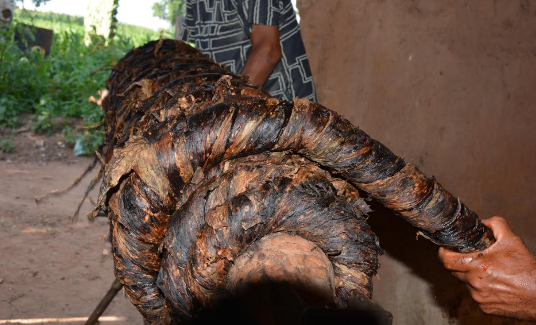
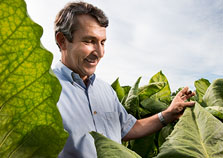 Gocaj said he came upon the special tobacco used in the Fuma Em Corda in Alagoas, a small Brazilian state on the eastern coast. The rope fermentation process is used only in Alagoas and only for ligero leaves—those at the top of the tobacco plant often characterized by spice and strength.
Gocaj said he came upon the special tobacco used in the Fuma Em Corda in Alagoas, a small Brazilian state on the eastern coast. The rope fermentation process is used only in Alagoas and only for ligero leaves—those at the top of the tobacco plant often characterized by spice and strength.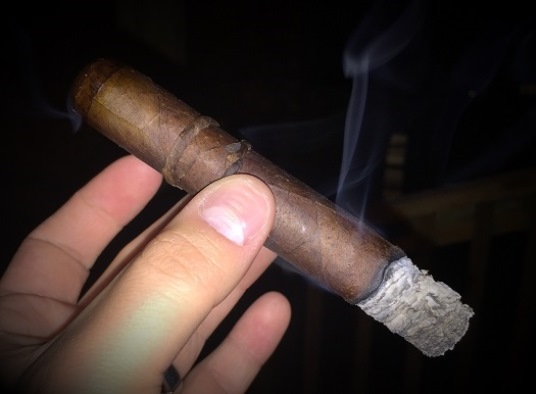


 Here Brian talks about how it began and what goes into it, as well as a bit of advice for cigar smokers thinking about taking up the pipe.
Here Brian talks about how it began and what goes into it, as well as a bit of advice for cigar smokers thinking about taking up the pipe.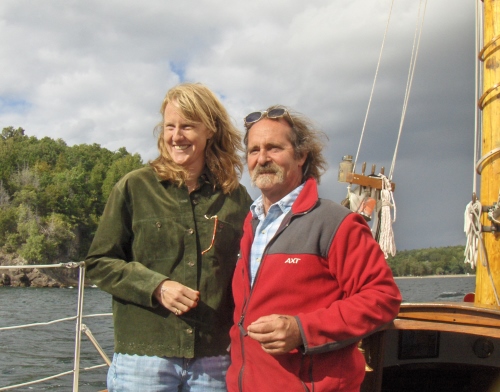
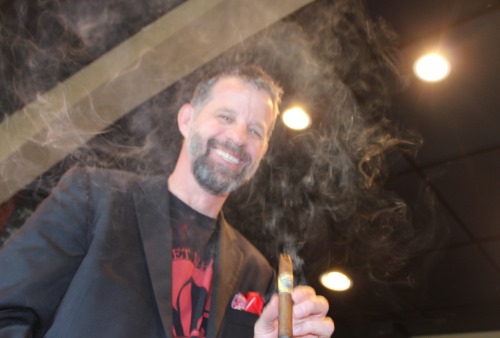
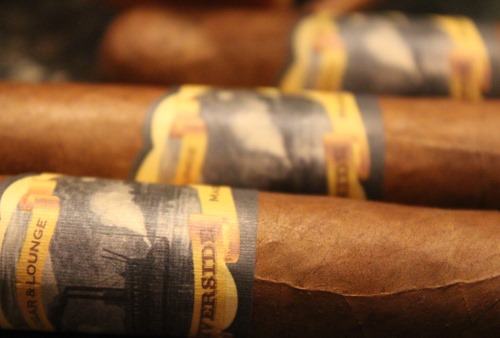
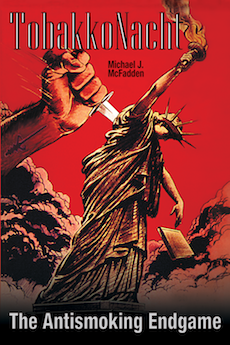 Stogie Guys: Can you tell us a little about your background and how you got involved in researching and writing about tobacco?
Stogie Guys: Can you tell us a little about your background and how you got involved in researching and writing about tobacco? I’ve been a listener since the show’s debut back in 2005 when it wasn’t quite so cigar-centric. I finally met Bob and Dale, as well as Bob’s wife, Liz, earlier this year when they held a DogWatch Herf across the state from me in Melbourne, Florida. So, when I heard the announcement I decided to follow up by email with Bob.
I’ve been a listener since the show’s debut back in 2005 when it wasn’t quite so cigar-centric. I finally met Bob and Dale, as well as Bob’s wife, Liz, earlier this year when they held a DogWatch Herf across the state from me in Melbourne, Florida. So, when I heard the announcement I decided to follow up by email with Bob. Patrick Ashby
Co-Founder & Editor in Chief
Patrick Ashby
Co-Founder & Editor in Chief Patrick Semmens
Co-Founder & Publisher
Patrick Semmens
Co-Founder & Publisher George Edmonson
Tampa Bureau Chief
George Edmonson
Tampa Bureau Chief